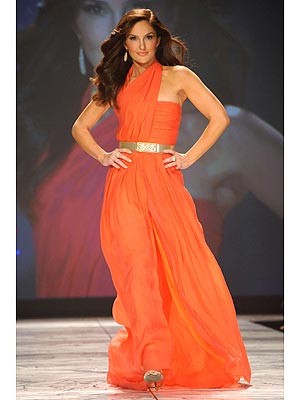
Bryan Denton for The New York Times
A boy from Dara’a, Syria, now living in Jordan, who was part of a group whose arrest and torture helped start Syria’s uprising.
AMMAN, Jordan — In a listless border town, the teenager goes unnoticed, one of the hundreds of thousands of refugees who have fled the Syrian civil war, dashing across villages and farms to land in Jordan, just five miles from home.
But this young man carries a burden — maybe an honor, too — that almost no one else shares.
He knows that he and his friends helped start it all. They ignited an uprising.
It began simply enough, inspired not so much by political activism as by teenage rebellion against authority, and boredom. He watched his cousin spray-paint the wall of a school in the city of Dara’a with a short, impish challenge to President Bashar al-Assad, a trained ophthalmologist, about the spreading national revolts.
“It’s your turn, doctor,” the cousin wrote.
The opening episodes of the Arab uprisings are growing more distant, the memory of them clouded by fears about what the revolutions have wrought. In Egypt’s chaos, activists talk of a second revolution, and in Tunisia a political assassination this week has imperiled one of the region’s more hopeful transitions. Then there is Syria, where tens of thousands of people have been killed, hundreds of thousands have fled the country and the idea of the nation itself is disappearing amid cycles of sectarian bloodshed.
That war’s brutality has made it difficult to recall, let alone celebrate, the uprisings’ beginnings. After the graffiti, the teenager and his friends were arrested and tortured, setting off demonstrations that, looking back, were the first days of the civil war. Two years later, the boys remain mostly unknown, none celebrated like Mohamed Bouazizi, the fruit seller whose self-immolation started the Arab uprisings, or Khaled Said, the young man whose beating death at the hands of the Egyptian police helped start a movement for change.
Some of the boys from Dara’a are refugees, like the teenager in Jordan, now 17, who agreed, along with his father, to speak as long as his name was not revealed. They said they were protecting relatives left behind in Syria, but their reluctance also came from shame: the boy’s father had given him up to the police, to spare a second son, and the teenager informed on three of his friends to try to avoid the torture he suffered anyway.
Given all that has happened, to his family and his country, the teenager said he had no regrets. “Why should I? It’s good that it happened,” he said during a meeting arranged by other refugees from Dara’a. Speaking of Mr. Assad, he said, “We found out who he really is.”
It began with the graffiti.
The government, nervous as leaders were being toppled around the Arab world, reacted furiously to the slight, arresting the teenager and more than a dozen other boys and then torturing them for weeks.
The boy’s relatives, neighbors and hundreds of others in the city gathered for protests demanding the release of the boys. Security forces opened fire on the crowds. They calculated that zero tolerance would head off an escalation. They were wrong.
The details of the teenager’s story could not be independently corroborated, but its outlines matched accounts by a few of the other boys from Dara’a who have spoken about that period. Three former residents of the city, including two who lived in the same neighborhood as the teenager and his family, confirmed that he was among the boys arrested in March 2011.
Recounting those days, the teenager said he passed a sleepless night after his cousin’s acts of defiance. It was not just the graffiti: the cousin had set fire to a new police kiosk the same day in another act of lashing out. The teenager and his friends did not talk much about politics, but the language of dissent was everywhere on satellite television. Small protests had begun to flare in Damascus. “It was the right time,” the teenager said.
The next morning, he noticed intelligence agents at a school and had little doubt about why they were there. “We knew what we did,” he said.
Over the next few days, the police, the military and the military police roamed the city “day and night,” storming the homes of suspects. The teenager said he went into hiding. “I thought it would pass,” he said. But it did not.











